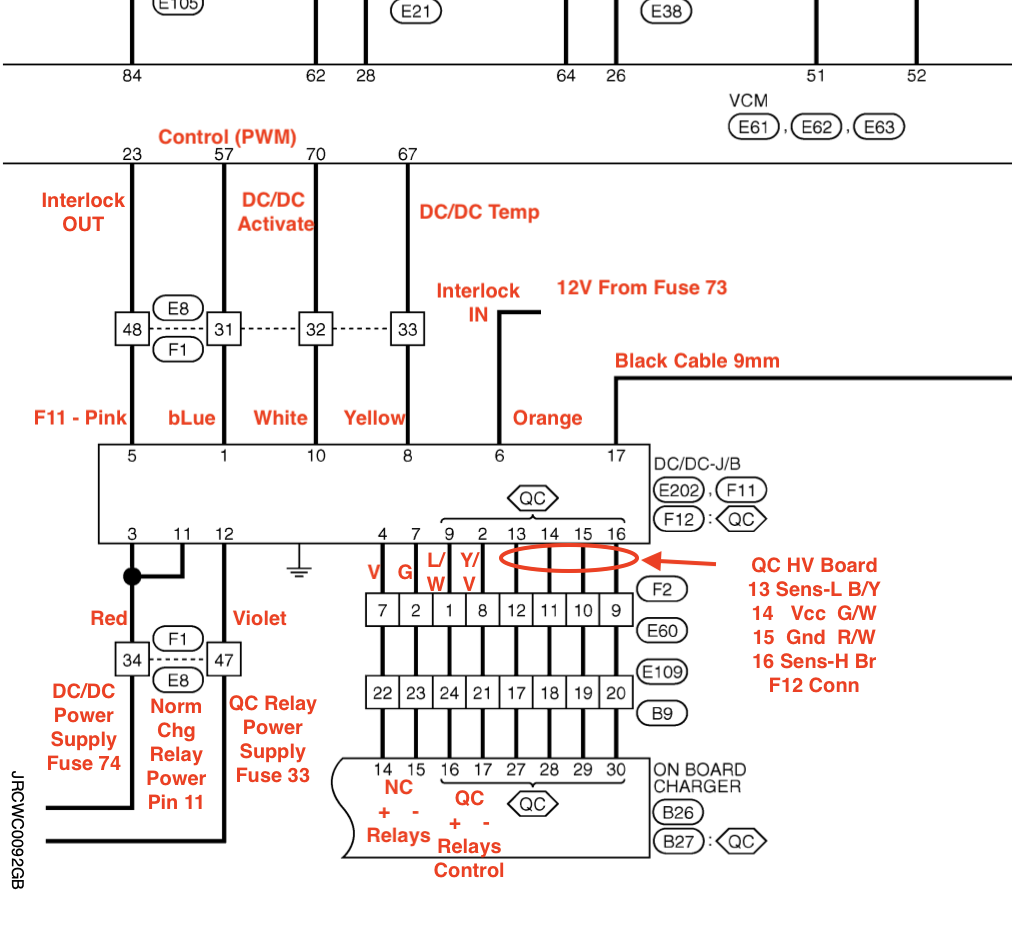Not sure if this will help or not, but there seams to be a fair bit of info here:
https://mynissanleaf.com/threads/setec-vehicle-to-load-6-kw-discharge-inverter.33154/
and
https://mynissanleaf.com/threads/my-setec-chademo-vehicle-to-home-mods.32620/
https://mynissanleaf.com/threads/setec-vehicle-to-load-6-kw-discharge-inverter.33154/
and
https://mynissanleaf.com/threads/my-setec-chademo-vehicle-to-home-mods.32620/
Last edited:

